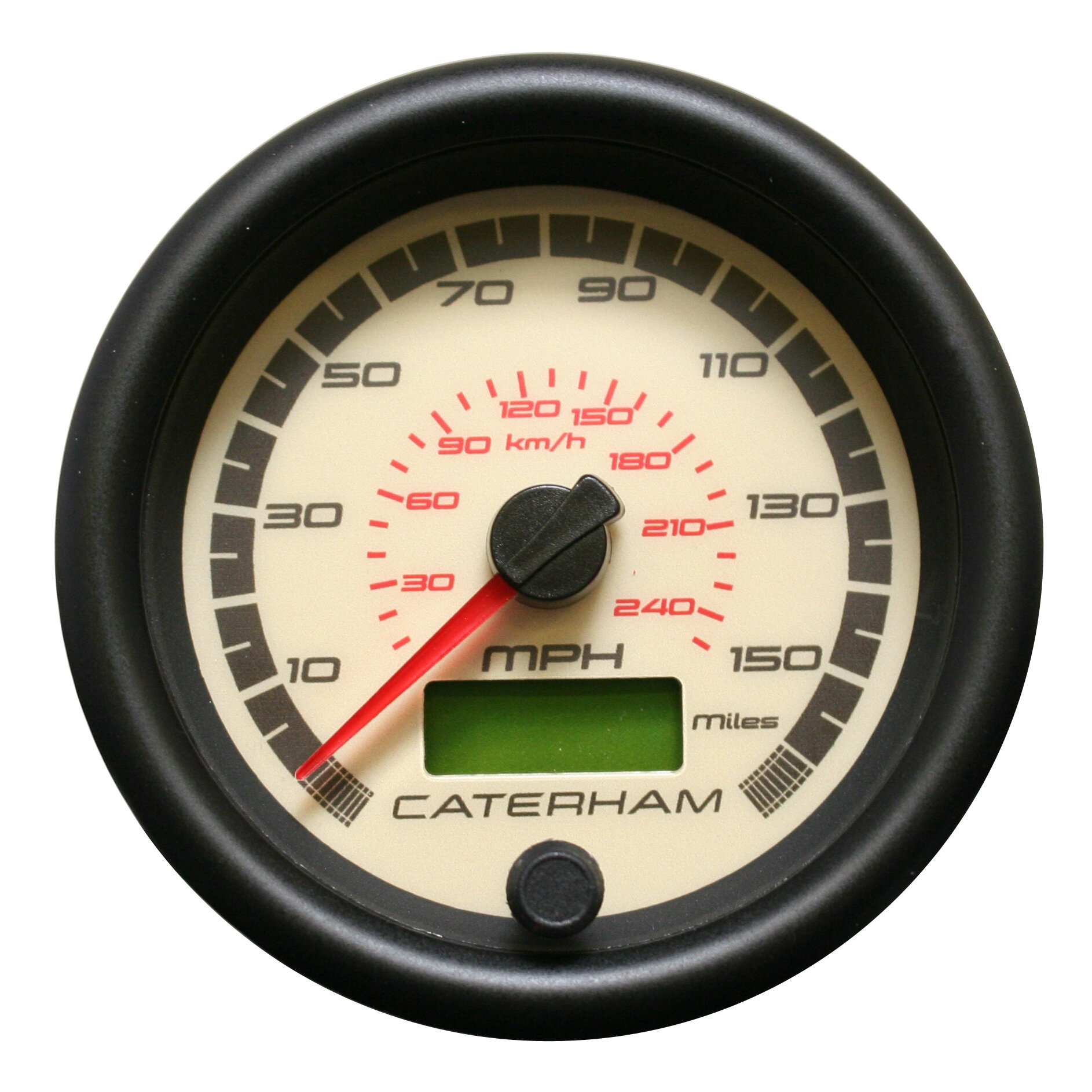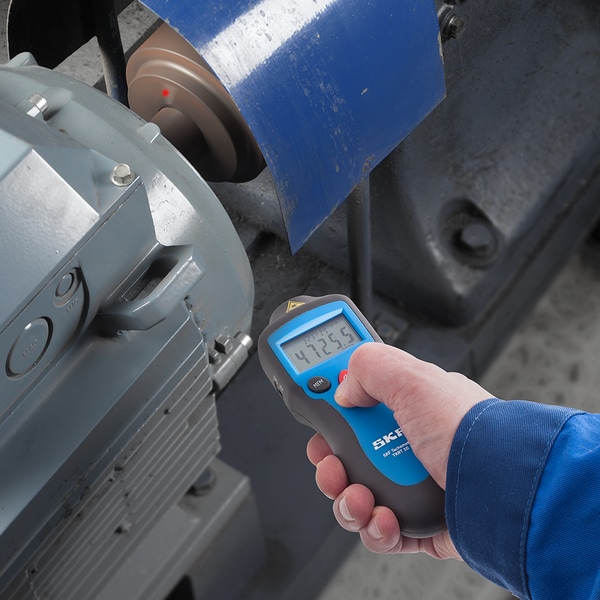Exactly How a Tachometer Aids Monitor Engine Wellness and Performance
Exactly How a Tachometer Aids Monitor Engine Wellness and Performance
Blog Article
Unlocking the Secrets of Tachometers: Every Little Thing You Required to Learn About This Important Instrument in Your Car
Comprehending the ins and outs of tachometers can offer valuable insights right into your lorry's performance and upkeep needs. From gauging engine speed to decoding the information it provides, tachometers work as a critical device for automobile owners and fanatics alike. By unraveling the secrets behind this necessary instrument, you can unlock a wide range of information that can improve your driving experience and guarantee the durability of your car.
Importance of Tachometers
The importance of tachometers hinges on their capacity to provide crucial real-time data about an engine's rotational rate, permitting exact tracking and maintenance of machinery. By determining the changes per minute (RPM) of an engine's crankshaft, tachometers use useful insights into the engine's efficiency - tachometer. This information is important for guaranteeing that the engine operates within its optimal variety, avoiding prospective damages from over-revving or underperforming
Tachometers play a vital role in assisting operators and professionals find any anomalies in the engine's speed, which might show concerns such as gas ineffectiveness, mechanical troubles, or extreme pressure on the engine. By quickly recognizing these issues through tachometer analyses, upkeep can be executed proactively, stopping expensive repair services and downtime in the future.
Additionally, tachometers are specifically important in high-performance automobiles and equipment, where exact control over engine rate is essential for optimal operation. Competing autos, aircraft, and industrial tools rely upon tachometers to deliver peak performance while keeping safety requirements. Essentially, tachometers are not simply tools for determining speed but indispensable tools for ensuring the smooth and efficient operation of engines throughout different applications.
How Tachometers Measure Engine Speed
Using sensing units that detect the frequency of electric pulses created by the engine's ignition system, tachometers properly gauge the rotational rate of an engine. By keeping track of the price at which these pulses are obtained, tachometers offer real-time feedback on exactly how quick the engine's crankshaft is rotating per min, frequently described as revolutions per min (RPM)
The tachometer's sensing unit, commonly attached to the engine's ignition coil or trigger plug cords, selects up the electric signals generated each time a cyndrical tube fires. These signals are then exchanged RPM analyses presented on the scale or instrument collection within the vehicle driver's view. Tachometers can be analog or digital, with modern cars typically including electronic displays for exact and immediate RPM analyses.
This details is important for drivers to comprehend the engine's efficiency, stop over-revving, optimize gear changing, and ensure effective gas consumption. By precisely determining engine rate, tachometers play an important duty in assisting drivers operate their vehicles safely and efficiently.
Interpreting Tachometer Analyses
Having a clear understanding of exactly how tachometers measure engine rate establishes the foundation for efficiently translating the RPM readings displayed. Analyzing tachometer readings is essential for optimal lorry efficiency and engine health and wellness. When the engine is idling, the tachometer needle generally relaxes around 600-1000 RPM, depending on view publisher site the automobile.


Tips for Using Tachometers Properly
To improve driving performance and enhance engine efficiency, what secret approaches can be carried out for effectively using tachometers? Tachometers are essential devices that provide real-time comments on engine speed, allowing drivers to make educated choices for better efficiency - navigate here tachometer. Below are some suggestions for making use of tachometers effectively:
Recognizing Optimal RPM Variety: Acquaint on your own with the optimal RPM (Revolutions Per Min) array for your car. This variety differs between different autos and is usually suggested in the proprietor's guidebook. Keeping the engine within this range can enhance gas performance and prolong the engine's lifespan.
Moving Gears at the Right Time: Utilize the tachometer to identify the finest time to move equipments. Goal to move equipments when the RPM gets to the ideal array for the following equipment.
Checking Engine Stress And Anxiety: High RPMs for long term durations can click this stress the engine. Watch on the tachometer to avoid over-revving, particularly during velocity or when lugging hefty tons.
Tachometers and Car Maintenance
When taking into consideration automobile maintenance, tachometers play a vital role in checking engine performance and finding potential concerns. Tachometers provide necessary data on engine speed, permitting chauffeurs and technicians to guarantee that the engine is running within the recommended RPM variety.
Along with spotting possible issues, tachometers can likewise assist in optimizing fuel performance. By keeping the engine speed within the optimal array, drivers can enhance their gas mileage and lower fuel consumption. This not just profits the driver's purse yet also contributes to ecological preservation by lowering hazardous discharges.
Verdict

Report this page